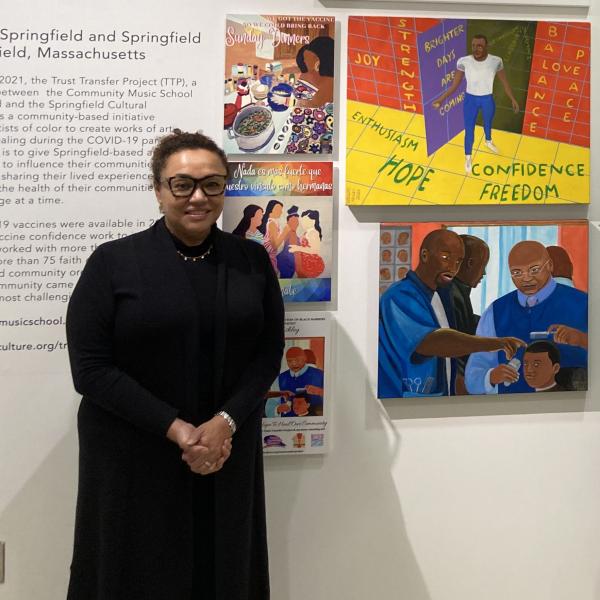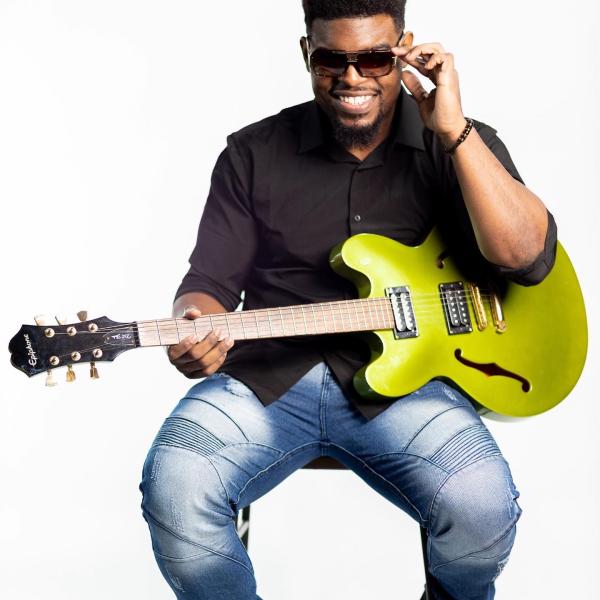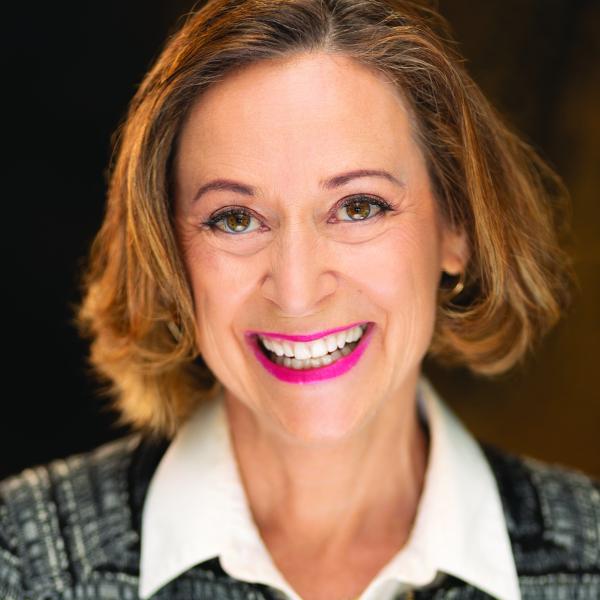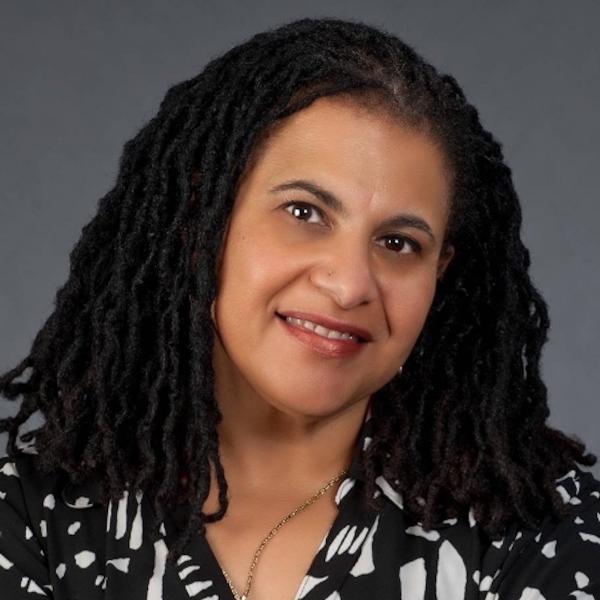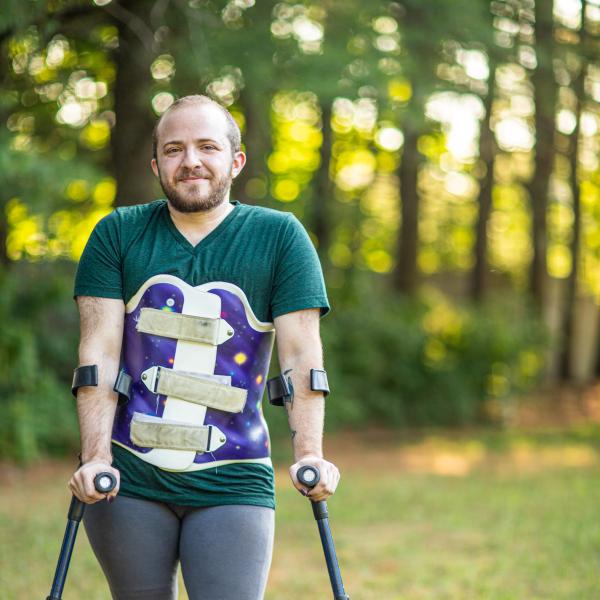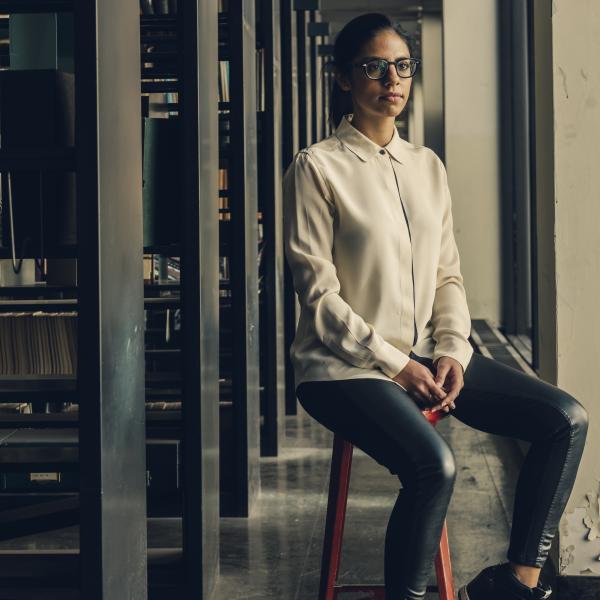The Art of Being Human
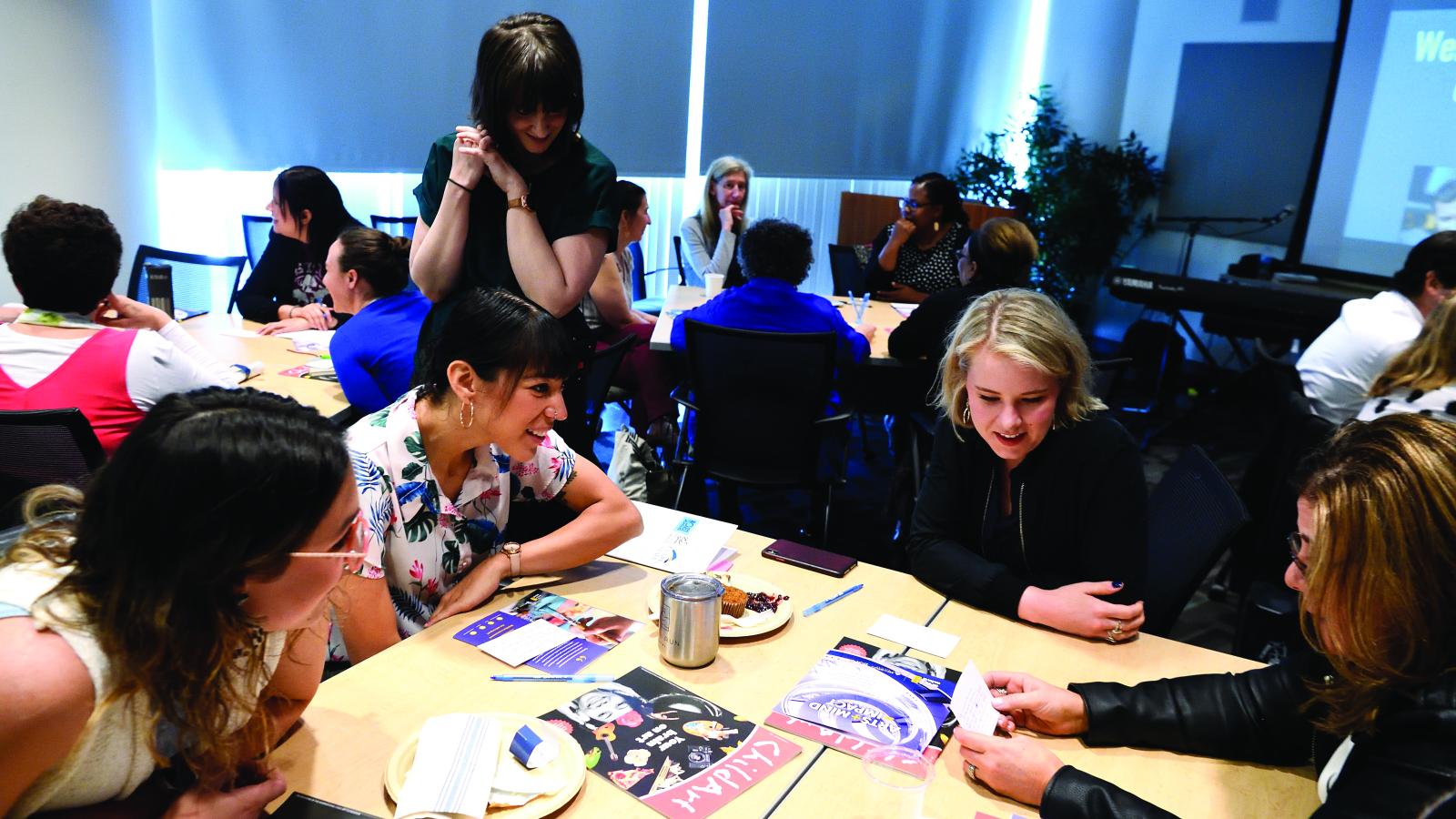
Dr. Tasha Golden facilitates a workshop at Johns Hopkins University. Photo courtesy of International Arts + Mind Lab
How and why can people communicate about some things via the arts that we can't communicate about otherwise? That question has pursued Dr. Tasha Golden since she was a touring singer-songwriter and realized the way in which her songs seemed to give audience members permission to share their own stories. “Many people followed their stories by saying that I'm the first person they had ever told,” she remembered. “I [recognized] the implications of the fact that if they had never told anybody before they told me: that means they've never told a doctor or a therapist or even a spouse or partner…. I was recognizing that there are implications here for what we think health is and for what we think healthcare is and how we approach it.”
This lightbulb moment led Golden to start formal research into the arts as a type of technology for communication, meaning that the arts seemed to imbue difficult or otherwise intense situations with what she calls “talk-about-ability.” Golden left touring behind to pursue studies in rhetoric and communication, and also founded a creative writing program for incarcerated girls. Her work with justice-involved youth offered further supportive evidence about the arts and talk-about-ability. Golden eventually obtained a PhD in public health, a promising arena for pursuing the dominant question of her research.
In her own words here is Golden, now the director of research at the International Arts + Mind Lab at Johns Hopkins University, on her aha! moment, the role of the arts in community, and what she thinks it means to live an artful life.
ON THE AHA! MOMENT THAT CHANGED HER LIFE
I wrote a song about my family's history of domestic violence. It was a way of processing the emotion of something that I hadn't really looked in the face before. The song was called “You Did Everything Right,” and I didn't think that I would ever play it for anybody else, because sharing it wasn't the point. But unexpectedly, at a show soon after that, I just put it on the set list. I probably cried my way through half of it. [After the performance] everybody wanted to talk to me about that song, wanted to ask me questions about it. They wanted to relate their own stories. I wound up hearing all those people’s stories and having this confrontation with, like, something is going on here that we don't know enough about. Why and how were we able to have these really beautiful, generative conversations with relative strangers around this song, when none of us would have just offered this up in any other kind of gathering? I began doing a little bit more work at the intersections of how music can effect change—music as advocacy, using music as a way to process [our] lives and share messages, speak truth to power, whatever the case may be.
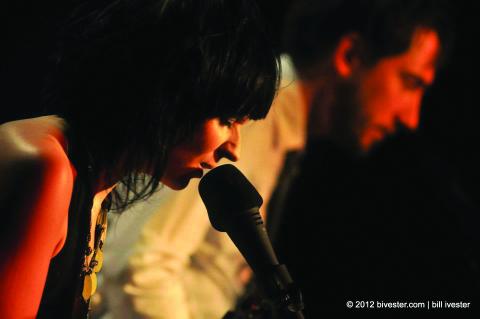
Dr. Tasha Golden performing with her band Ellery. Photo by Bill Ivester
"What I would want for people is to not exclude the arts from your sense of what is meaningful, what matters, what it means to be human."
ON THE ARTS AS AN INTRINSIC PART OF BEING HUMAN
I'm an advocate for the things that we need as humans to be able to be well and to thrive and to connect, which, quite often, includes the arts. And I'm an advocate for ceasing the arbitrary exclusion of the arts from our conceptualizations of what it means to be healthy or to have a healthy community or to build a city that's conducive to human health. When it comes to the role of the arts in public health, I think of it in concentric circles: there's the individual, the interpersonal, the community, there's policy, there's culture, and art has roles to play in all of these. For many people, when they personally engage in art, especially if it's something that they find meaningful, they can have some [health] benefits associated with that. There are also studies indicating that the arts can support us in communicating with one another. We evolved to like and share art as a way to communicate the human experience, right? We need a variety of ways to interact with our world, to process our world, to respond to what it means to bear witness to our world, to communicate with one another. Art can support us in being able to process, to bear witness, to connect, to share things interpersonally, but also with our communities, with our cultures. And then at the outer levels of those concentric circles, we're looking at policy and culture. We've seen that, historically, artists and art have been at the forefront of social movements and have been critical in helping to shift perspectives and norms around issues that wind up shifting how people are able to engage with their worlds, shifting human rights, shifting who we welcome into what some of my colleagues might call our moral communities. The arts have been essential in changing those kinds of narratives for us over time and that has implications for changes in policy and changes in culture.
ARTS IN THE COMMUNITY AS DATA
I live in Louisville, Kentucky. It's an arts-rich city. There’s so much innovation here and so many people trying new and beautiful things. I think all the time about a poet named Rheonna Thornton here who founded one of the largest all-female, spoken-word competitions called Lipstick Wars. I love it as an artist and as a fan of spoken word. But I've also, when I have attended that kind of event, often thought, “Are there any health researchers here? Are there any policymakers here?” Because so much of what's coming at you from the stage is people sharing important specific experiences that reflect their needs, their priorities, their strengths, their desires, what they need from their community, what they're not getting from their community, what it might mean to be and live in a safe and healthy space. There's so much important data that is emerging so powerfully from those spaces, and that's true of art in general. The way that the art represents the community and informs the community, I'm always thinking about who's listening and how this information and these narratives are being incorporated or should be incorporated into our understandings of local policies and resources and needs.

Dr. Tasha Golden at a poetry reading with workshop participants at a juvenile detention center. Photo courtesy of Project Jericho
ON WHAT IT MEANS TO LIVE AN ARTFUL LIFE
There is one side of me that wants to say we all already live artful lives. It's just to more or less degrees of intentionality and awareness. We don't get to live in a world that's unaffected by the arts, where the arts have no influence or power. That world does not exist. The only world we have is a world in which the arts exist and have influence, and we can ignore that or not. We ignore the effects of the arts, and the presence of the arts, the impacts of the arts to our detriment and, sometimes, at our peril. We all are influenced and impacted by the arts to various degrees. It's just a question of whether that's an impact that we can really use to support what we want for our lives and for the people that we love, or whether that's something that we're passively ingesting without realizing it, and it's having effects that we might not register. What I would want for people is to not exclude the arts from your sense of what is meaningful, what matters, what it means to be human. It's not so much that you should draw a picture every day, or try to write a song every day, or even listen to music every day—although I think most people probably do that last one already—but it's more to stop telling yourself that those things are frivolous or disconnected or peripheral. We evolved to look to various art forms, to want beauty, to respond to certain kinds of sounds or beats or experiences or visions. All of that affects us, and it doesn't have to be something that we play down as if it doesn't matter. We can instead choose to see ourselves as fully human and to see art as a part of that human experience that we can honor and recognize and be curious about.


